Which Used Corvette Should You Buy? C4 vs. C5 vs. C6

Contents
Introduction
You can’t help it. You’re captivated by the sleek styling, the open top, the storied heritage, the rumbling V8 that shoves you back in the seat. Let’s face it. You’ve got Corvette Fever.
You’ve also got a budget ranging from $10,000 to $20,000 — a relatively modest outlay that nevertheless gains you access to three different generations of Chevrolet’s iconic sports car, spanning 30+ years and a wide variety of styling, engineering, and performance options.
Here we give you the lowdown on these: the C4 (Corvette, 4th generation), C5, and C6. With values that rise in lockstep with their successive iterations, each generation has its own unique set of pros and cons. Picking the right one can be a difficult choice.

But not to worry. No matter how badly you’ve got the fever, we’re here to help you find the cure.
Note that this guide is focused primarily on the “base” level cars. Although the ultimate performance versions of each are certainly tempting, those within our pricing parameters would typically be higher-mileage examples and would also demand higher maintenance costs, both of which go against Klipnik’s “bang for the buck” credo.
Going with a standard Corvette provides a much larger choice of fine candidates with lower mileage than comparably-priced ZR-1s or Z06s. And given the thrilling performance that even a standard Corvette provides, rest assured that you certainly wouldn’t be “settling” anyway.
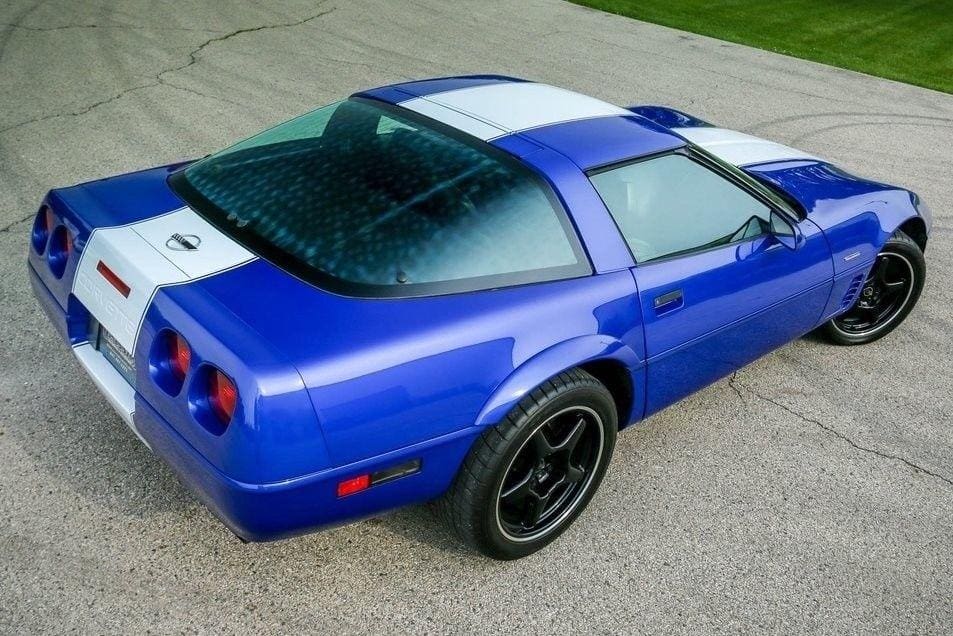
C4 Corvette (1989–1996)
The C4 generation debuted for 1984, but we won’t get into details of the earliest model years as they aren’t nearly as compelling as later versions. Instead, we’ll jump right into where the C4 starts to appeal: 1989.
That year marked the change from the clunky “4+3” manual transmission to a more conventional and enjoyable 6-speed unit (its occasionally annoying “Skip-shift” feature notwithstanding). Being fans of the more engaging driving experience a “3-pedal” car provides, that’s important to us. But if you’re more of a “mash it and go” type, a four-speed automatic is still available and pairs nicely with the 5.7-liter, 245-horsepower, “L98” V8.
A new, more driver-focused instrument panel arrived for 1990, as did the exciting ZR-1 variant with its DOHC, 375-horsepower V8.
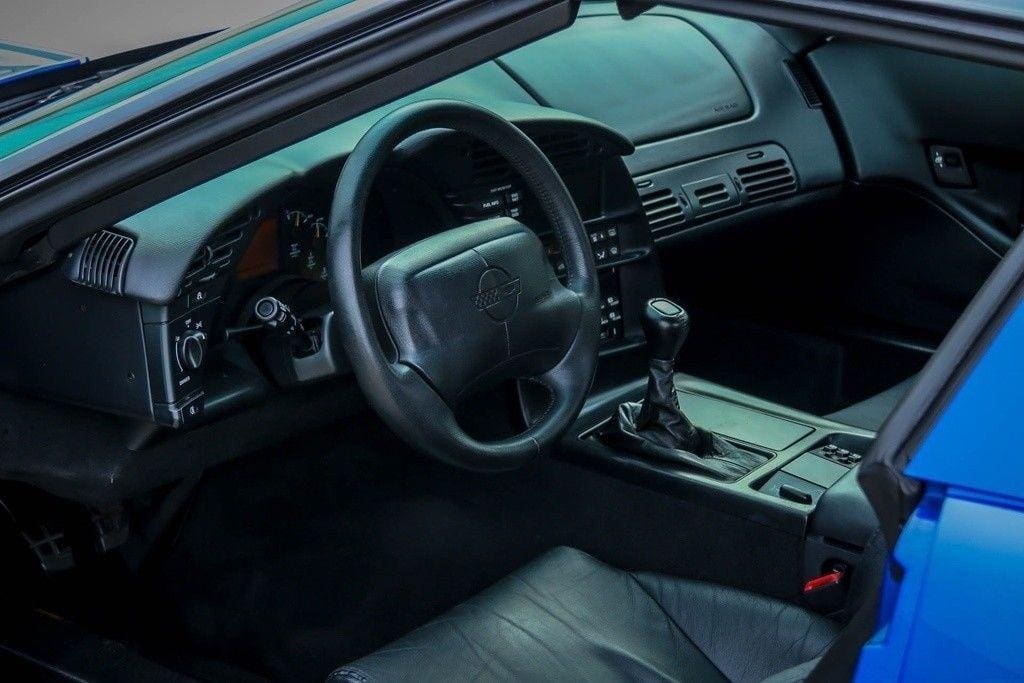
Styling was updated for 1991 with a smoother front end for all Corvettes and, for base Corvettes, the adoption of the ZR-1’s smoother rear fascia and squared-off taillights, as well.
For 1992, a new standard V8 (called the “LT1”) boasted more power (up to a nice round 300 horses) as well as improved cooling. With a 0-60 time of around 5.3 seconds, the base Corvette was only a second behind the mighty ZR-1 in that sprint. Another notable change was the adoption of traction control.
One caveat with the ’92 through ’94 LT1 is that its “Opti-Spark” distributor didn’t take kindly to water and moisture, which could become trapped inside, causing failure. There are a number of available fixes (that one can find by perusing the Corvette forums) for this bugaboo, though, so we don’t consider it a strong deterrent.
The real sweet spot for C4 fans, though, lies in the 1994 through 1996 model years. For ’94 the V8 adopted sequential fuel injection for improved drivability while for ’95 the Opti-Spark system gained a vacuum vented design, making it less susceptible to failure due to moisture/water invasion.
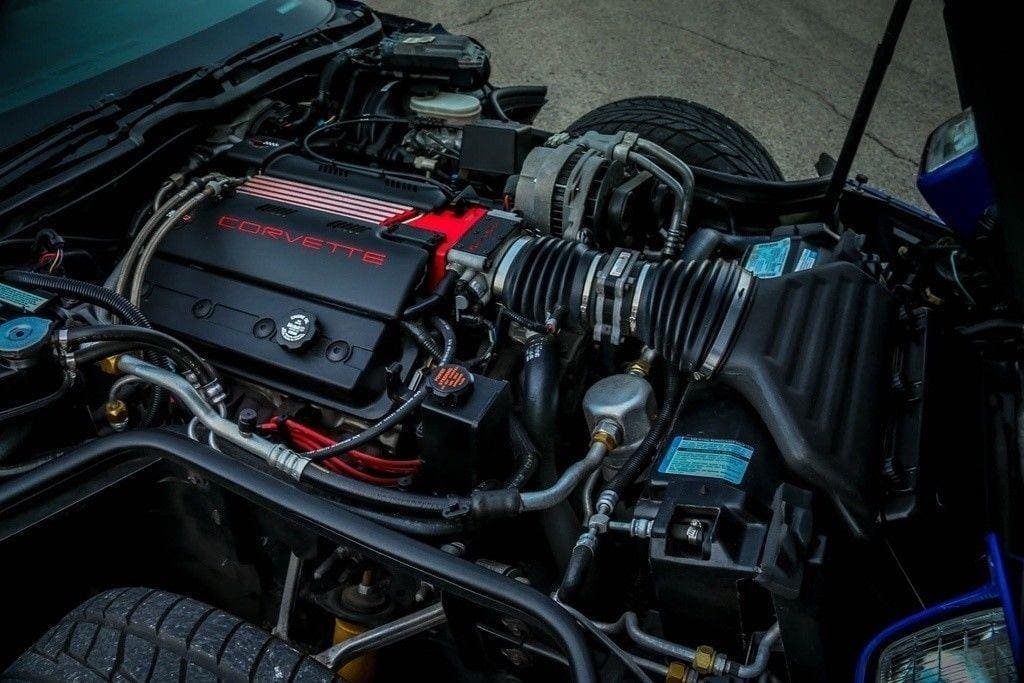
The last year of the C4 marked the debut of the one-year-only LT4 V8. Essentially a tweaked LT1, the LT4 was conservatively rated at 330 hp, yet offered acceleration to 60 mph very close to that of a ’95 ZR-1 (its last year in C4 guise).
That year also offered two special editions: the Silver-themed “Collectors” edition and the Grand Sport, with its unique blue and white paint scheme and black wheels. The LT4 V8, standard on the Grand Sport and optional on the other Corvettes, came only with the 6-speed manual gearbox.
Regardless of what C4 you consider, know that getting in and out of one can be awkward due to the high door sills, while the foot- and leg space is somewhat skimpy due to the large transmission tunnel and resulting narrow footwells.
Which One to Buy
Although we wouldn’t turn down a nice ’89 through ’93 C4 Vette, we lean heavily towards the ’94 through ’96 models. Our top choice would be a ’96 packing the LT4 backed by the 6-speed manual gearbox.
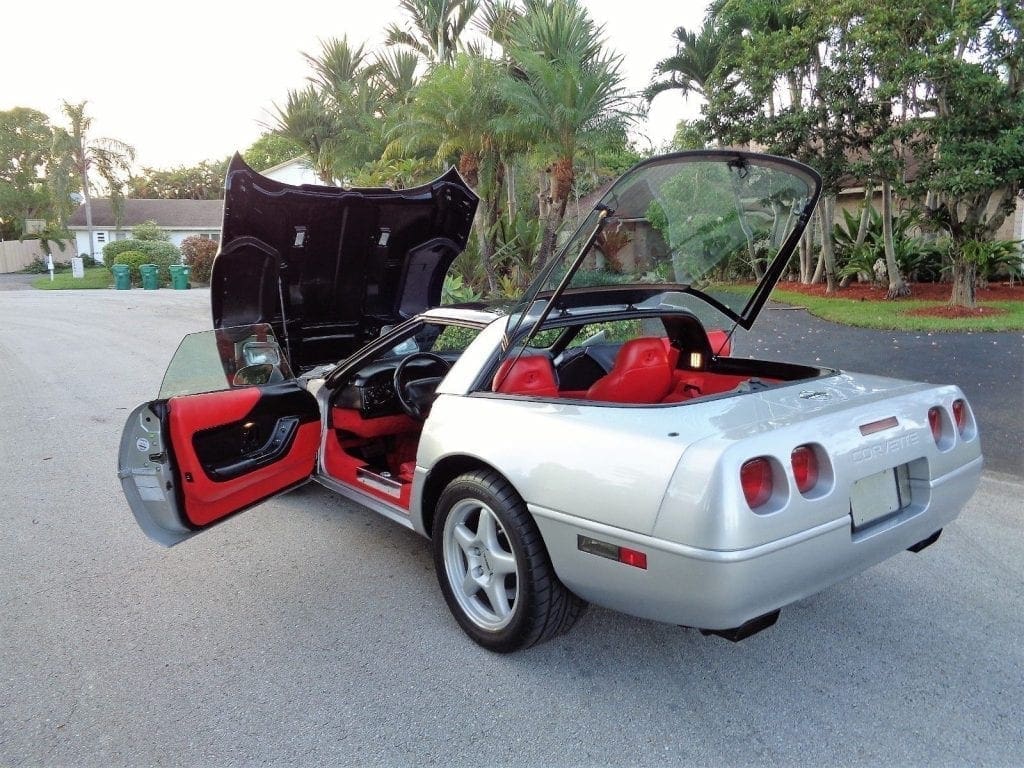
Why You Should Buy a C4
You can find excellent, late-build C4 examples for $10,000 or even less. This is simply an astonishing value for one of the greatest sports cars of the 1990s.
Picking the C4 does mean forgoing some of the performance gains that were introduced with successive generations. However, the C4, with a platform dating back to the mid-1980s, is a simpler, rawer machine and arguably a more engaging car to drive.
Also, unlike its younger brothers, the C4 has a distinctive period design which has long been been under-appreciated but is getting more and more notice of late. This newfound respect is likely to lead to increasing values in the near future — especially as kids who grew up with C4 posters on their walls find themselves with enough spare cash to make that childhood fantasy come true.
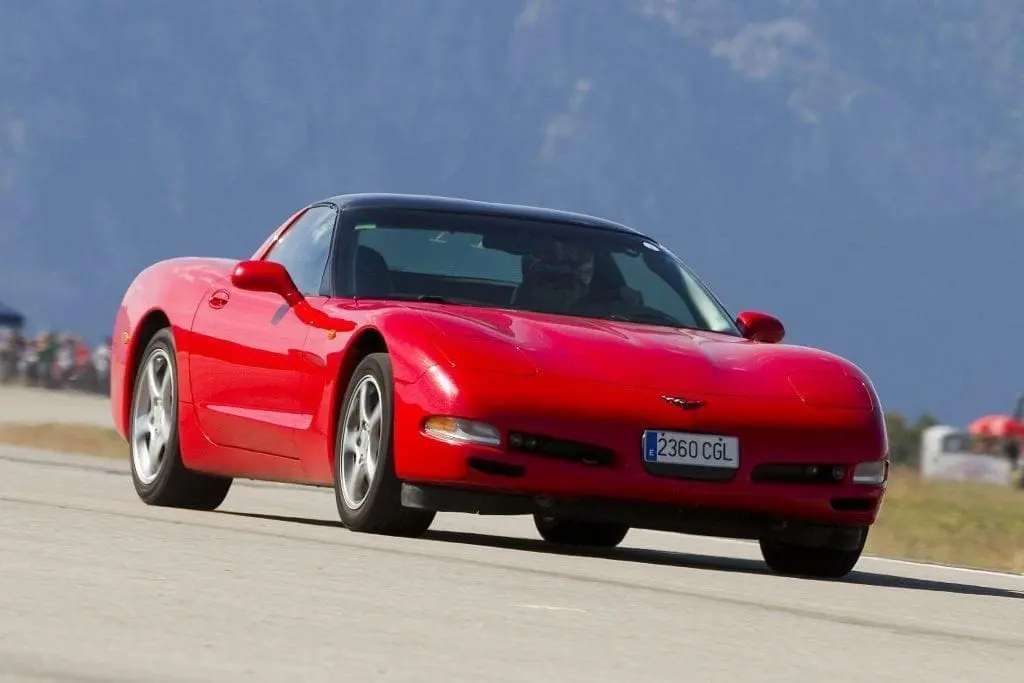
C5 Corvette (1997-2004)
Thirteen years after the C4 first appeared, the first C5 generation Corvettes rolled into showrooms — a completely new design and better in most every way, save perhaps one controversial design element. Let’s just say that Sir Mix-a-Lot’s song “Baby Got Back” could have been its theme song.
But under the skin all was good, with a new, all-aluminum 5.7-liter, 345-hp “LS1” V8 as well as a new chassis with a rear-mounted transmission that contributed to more passenger room as well as much easier ingress/egress versus the C4.
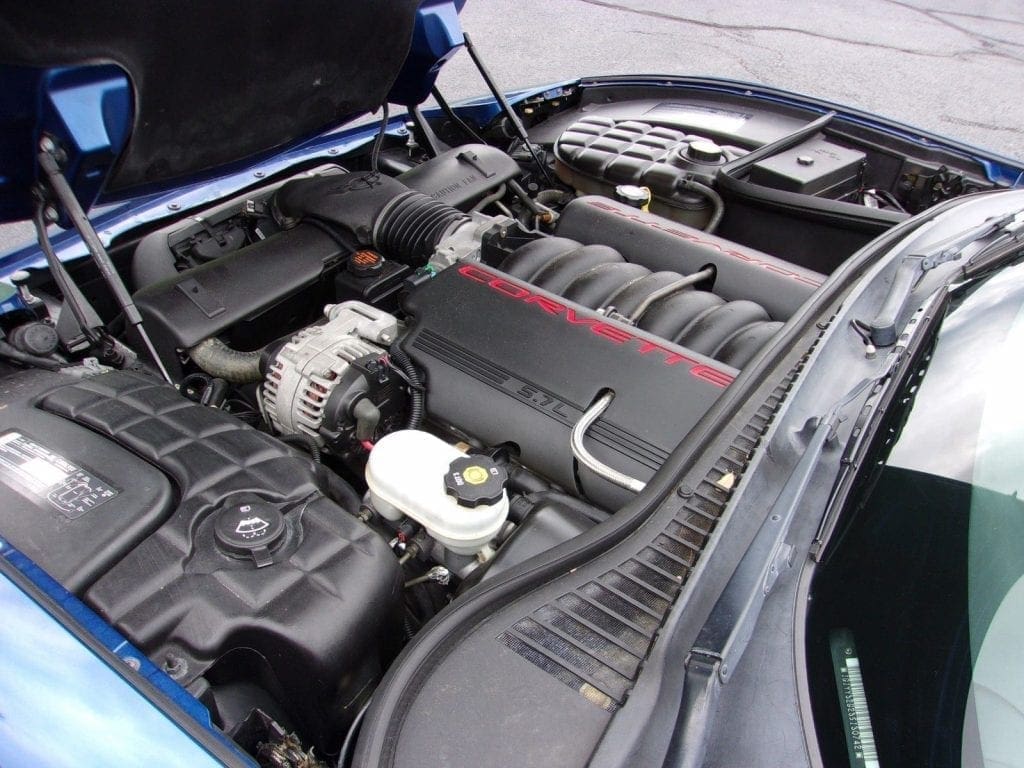
The hatchback’s (no convertible until 1998) big rear end also boasted impressive cargo space — in fact, at 25 cubic feet, more than you’d find in the trunk of a Cadillac DeVille. And the interior is an improvement over the C4’s, with less hard plastic and more comfortable seats.
Being well sorted right off the bat, the C5 didn’t go through many big changes throughout its run, apart from the introduction of a lighter, fixed roof coupe (FRC) variant for ’99 and then the muscle-bound Z06 for ’01 (succeeding the old ZR-1 as the top dog in the Corvette kennel).
As with the later years of the C4, a base C5 Corvette is all a driving enthusiast needs. With a 0-60 time of 4.8 seconds, a quarter-mile dash of 13.2 seconds, and a top speed approaching 175 miles per hour, a base C5 provides supercar performance for a fraction of the cost of a Ferrari or Lamborghini. And therein lies its charm: daily driver livability along with stunning performance capability and everyman affordability.
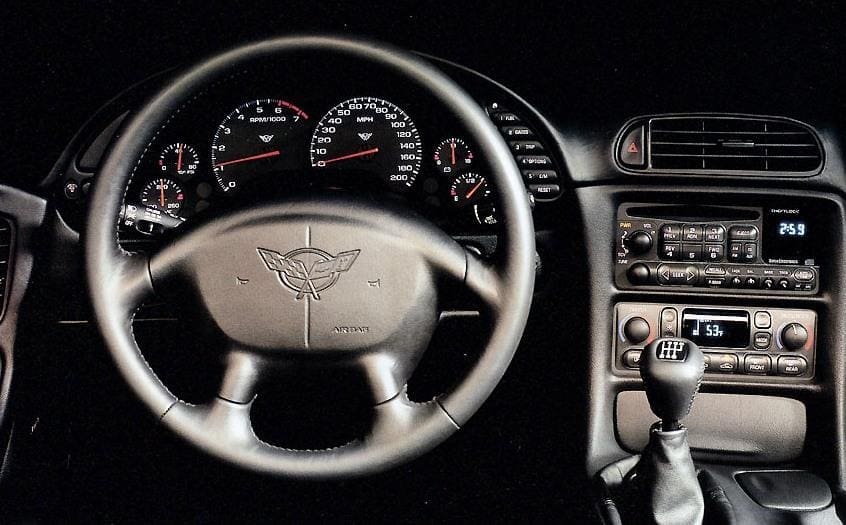
Note that there were a few special editions of the C5. These included the 2003 50th Anniversary Edition with its stunning and unique dark red paint, “Shale” interior and Magnetic Selective Ride Control suspension system. Another was the 2004 Commemorative edition with its Le Mans Blue with Silver hood stripes paint scheme, carbon fiber hood and Shale interior.
Which One to Buy
If you decide to go with a C5, any year will do. But we’re partial to the handsome 50th Anniversary edition.
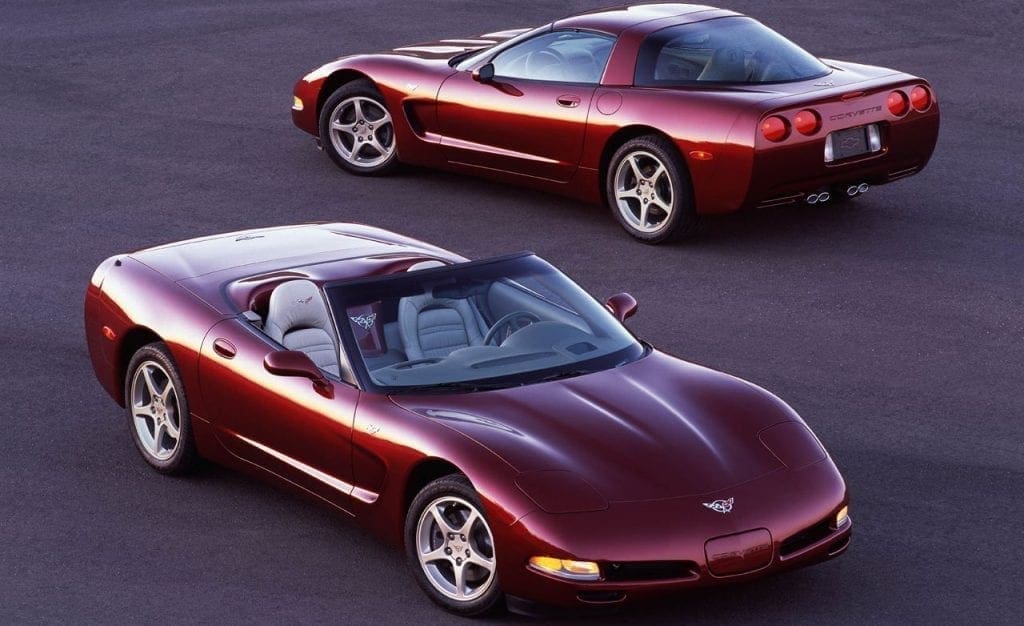
Why You Should Buy a C5
Outstanding C5 examples available for as little as $15,000, so the generation represents a great compromise between affordability and performance. It’s significantly more capable and comfortable than the C4 (which is only marginally cheaper), yet it doesn’t lag far behind the C6 (which typically costs thousands more).
On the downside, the C5’s rather bland and inelegant shape is, to our eyes, the least attractive of this group. By comparison, the C4 is old enough to have a (growing) period appeal, while the C6 still looks sharp and modern.
But if bang for the buck is your number one objective, there’s no question: the C5 is the Corvette for you.
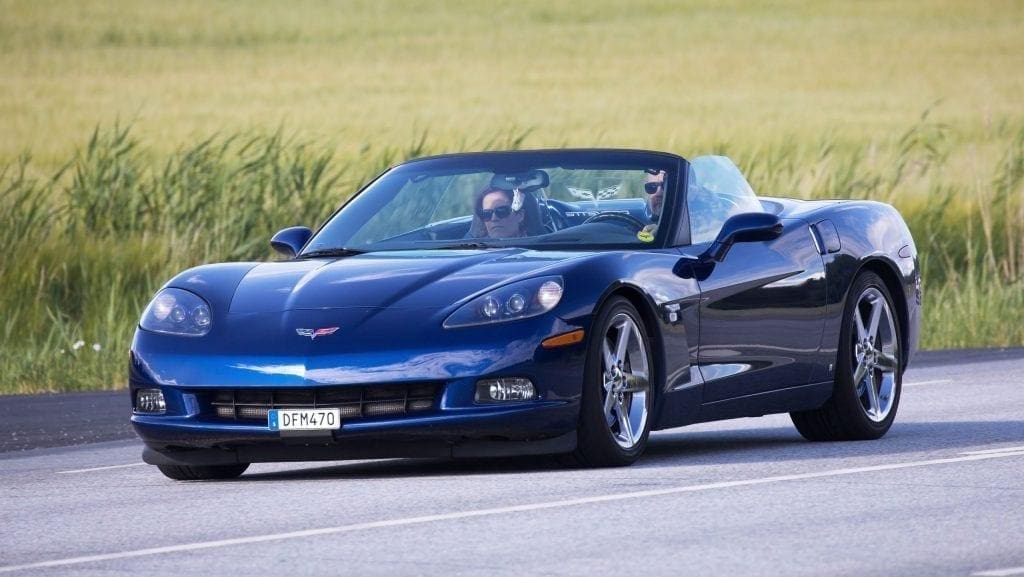
C6 Corvette (2005-2007)
You may notice that we did not include the full run of the C6 generation, which was produced through the 2013 model year. The reason is that after 2007, when the C6 was updated with more power, revised steering and the option of a truly upscale interior, nice examples easily exceed our $20,000 threshold. Not to worry, there are plenty of C6 options here, with a full three model years still in play.
With the C6, the Corvette’s designers upgraded the somewhat bulbous look of the C5 with sharply defined contours that vaguely recalled the ’63-’67 Corvette. Overall length was cut by five inches, while width was decreased by an inch. The net effect was a much more attractive and visually slimmed down Corvette, especially in the rear end.
Yet there was still a generous amount of cargo space, some 20 cubic feet under the hatchback. Unlike the C4 and C5, a convertible was offered alongside the removable-roof coupe right out of the gate. Within the relatively svelte body, redesigned seats provide more support and comfort, while the use of higher quality materials throughout the cabin further brighten things up.
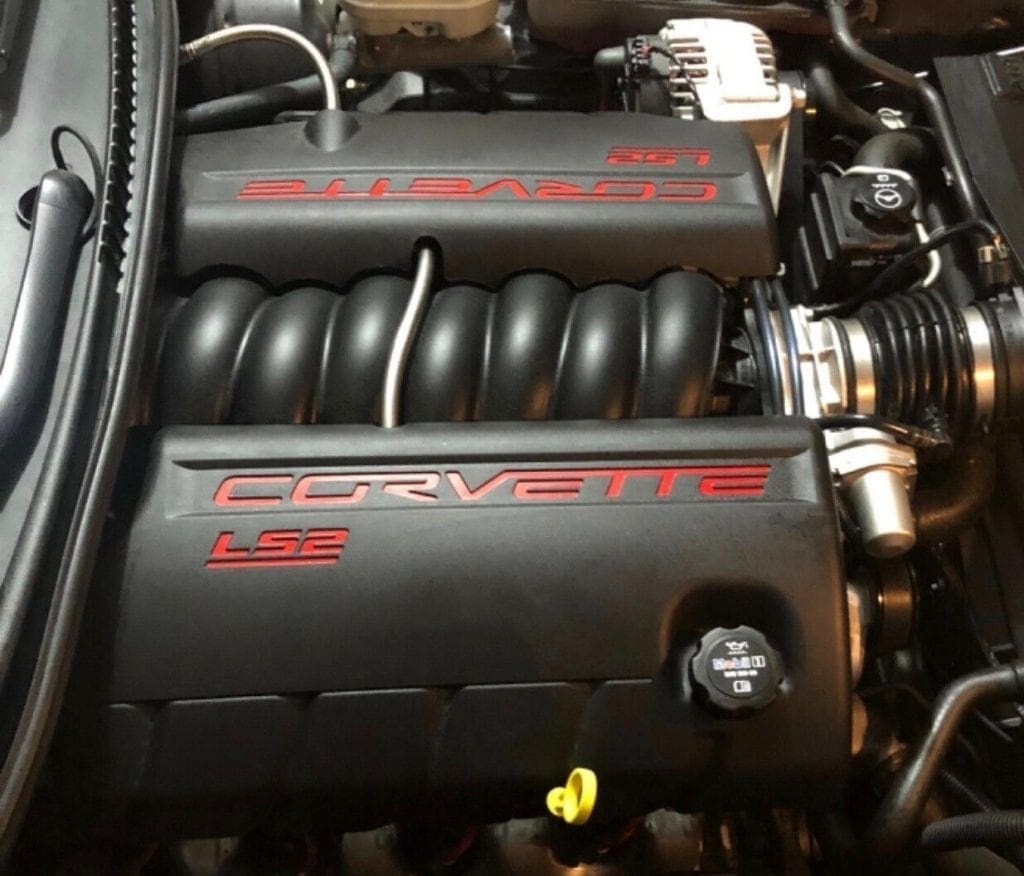
A new 6.0-liter “LS2” V8 was fitted under the C6’s hood, cranking out a stout 400 hp and, as before, matched to either a six-speed manual or four-speed automatic. Road tests of the day had the new Corvette hitting 60 mph in the mid-4-second range, running down the quarter in around 12.7 seconds, and topping out at around 185 mph flat out.
Strong braking is there as well, with Motor Trend achieving a stopping distance from 60 mph (with the Z51 performance package) at an impressively short 110 feet. That’s simply stunning overall performance for an entry-level Corvette.
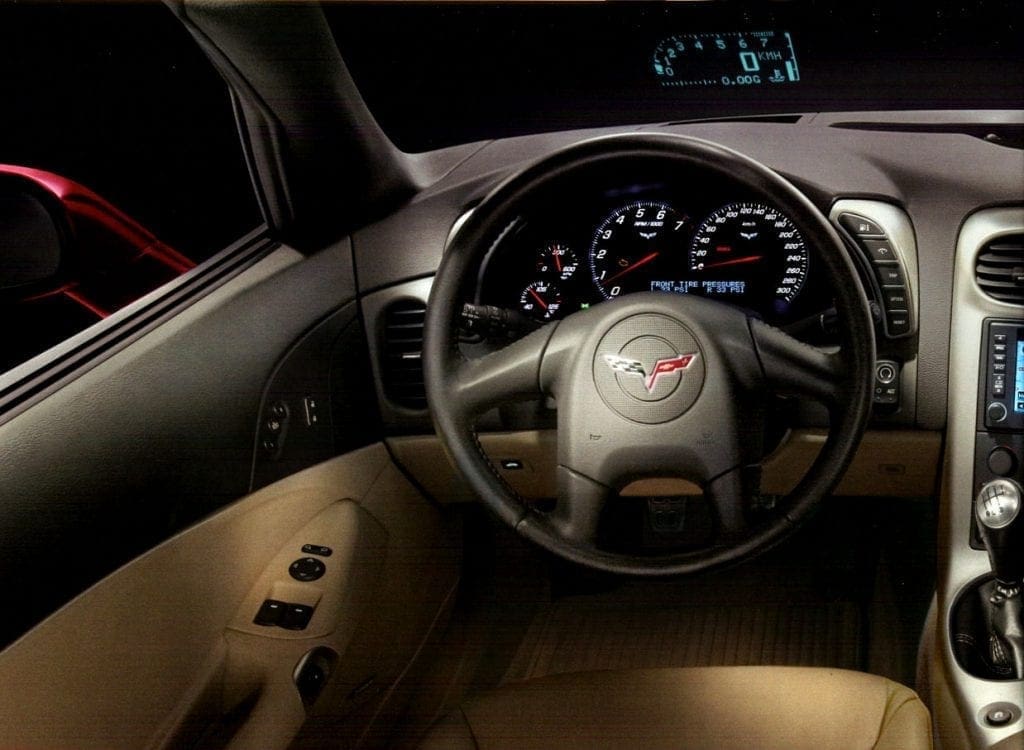
The following year saw the Z06’s thunderous return, now sporting a 7.0-liter V8 with 505 tire-melting horsepower, while a six-speed automatic transmission replaced the old four-speed unit, sharpening the performance of two-pedal Corvettes.
For 2007, things stood pat for the C6 Corvette, not a bad thing at all for sports car enthusiasts.
Which One to Buy
You can’t go wrong with any ’05 through ’07 C6 — though those who prefer not to row their own gears should hold out for an ’06 or ’07 with the improved 6-speed automatic.

Why You Should Buy a C6
The C4 may have period appeal, and the C5 is an undeniable bargain. But if you want the latest in technology and performance and don’t mind spending a little extra cash to get it, the C6 is the right Corvette for you.
With examples available for as little as $20,000, a C6 may cost more than its older siblings, but it’s still one of the best sports car bargains out there.
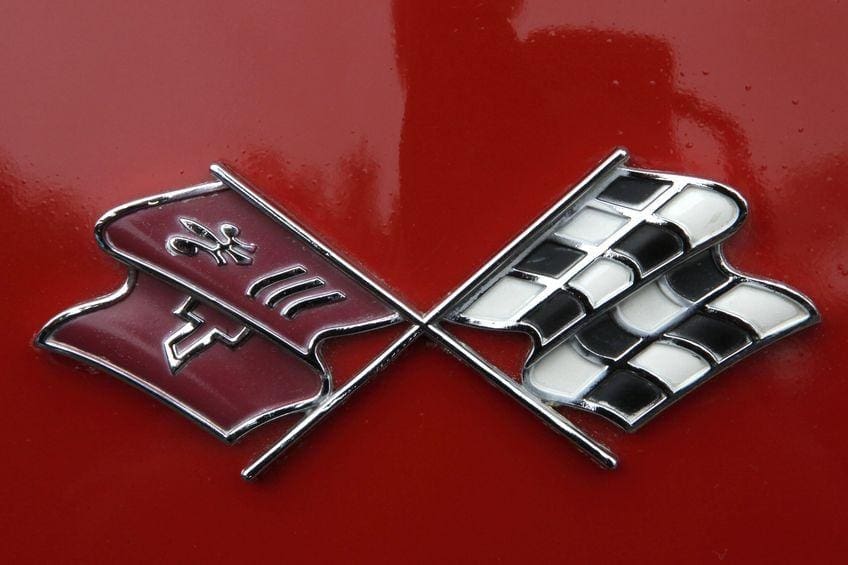
The Bottom Line
With its long history of design, engineering, and performance achievements, the Chevrolet Corvette is a worthy recipient of its nickname, America’s Sports Car, and deserves to be near the top of the list for any serious sports car shopper, no matter which generation you’re partial to or how much you’ve got to spend.
So whether you’re looking for an affordable classic like the C4, a performance bargain like the C5, or a world-class sports car like the C6, Corvette is the right answer.
Photos courtesy of GM and Wikimedia Commons